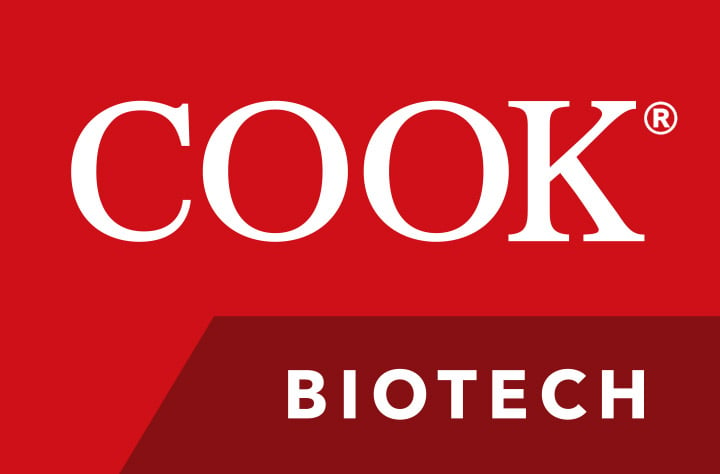A group of researchers found that SIS improves a stem cell treatment for dry mouth that occurs from irradiation treatment for head and neck cancers
The cells were encapsulated in a hydrogel, and small intestinal submucosa (SIS, DynaMatrixTM) was added to provide support and to enable implantation by the surgeon. In addition, the SIS allowed for delivery of the composite through a port with a robotic surgical system, a method not likely without SIS.
The teams found that the human cells survived for at least four weeks, and there were signs of vascular and nervous system integration with the implants. Additionally, the cells produced α-amylase (a saliva marker) for at least eight weeks. The authors concluded that this model provides high value for pre-clinical testing prior to first-in-human trials of this cell therapy. This is another example of SIS being used to deliver advanced cellular therapies.
1 Wu D, Lombaert IMA, DeLeon M, et al. Immunosuppressed miniswine as a model for testing cell therapy success: experience with implants of human salivary stem/progenitor cell constructs. Frontiers in Molecular Biosciences. 2021;8:711602.
